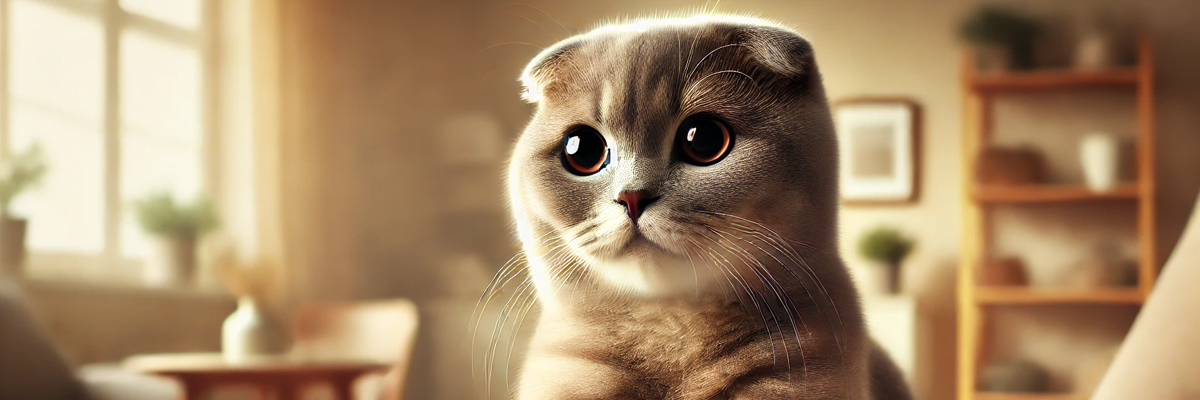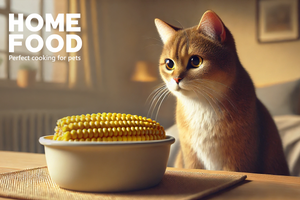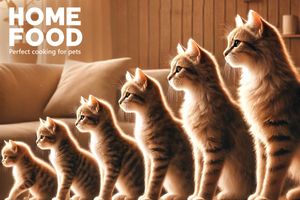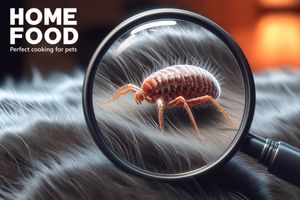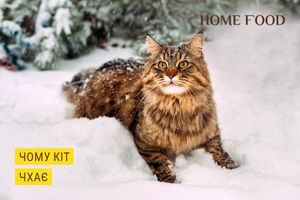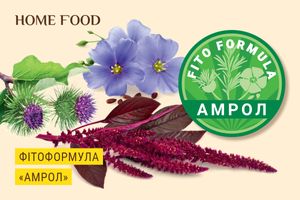Scottish cat is one of the most popular breeds that attracts attention with its charming appearance and soft, friendly character. Cat lovers around the world choose such a pet not only for external data, but also for their wonderful behavioral characteristics. If you are also interested in this breed, we advise you to first learn more about its features.
The story of the origin of Scottish cats
In 1961, in Scotland, in 1961, a cute cat named Susie was born on one of the farms. Her uniqueness lay in hanging ears, which were the result of a genetic mutation. It was from this cat that the story of the breeding of the Scottish fold-eared breed began.
Professional breeders were involved in the breeding of the breed, crossing Susie with British shorthairs and domestic cats in order to preserve and strengthen the droopy ear gene. However, it soon became clear that the gene responsible for talkativeness can cause certain health problems, which required a more careful approach to breeding. Today, Scottish Fold cats are registered with most major felinological associations, although the breeding of the breed is strictly regulated due to potential genetic risks.
Appearance and unique features
Scottish cats are distinguished by a compact and harmonious physique, rounded shapes and soft outlines. They are medium in size, their weight usually varies from 3 to 6 kilograms. The head is round with large eyes, which gives them a cute and friendly look. One of the main features of the breed is the ears - they can be both hanging (Scottish Fold) and upright (Scottish Straight).
The coat can be both short and semi-long, depending on the variety. The wool coat is dense, soft to the touch, and the colors can be very diverse: from classic gray and black to rare colors with spots and stripes.
Types of colors
Scottish cats come in many color variations, and one of the most popular among them is the tabby. Such cats can often be seen in advertising images. Tabby coloring can be manifested in several variants:
- tiger tabby: clear narrow lines run along the entire body of the cat, the tail is striped, and on the back there is a pattern resembling a saddle;
- spotted: pronounced spots of various shapes and sizes are distributed all over the body;
- marble (classic): patterns all over the body resemble marble veins;
- red tabby: bright red pattern, golden eyes, brick-colored nose and paw pads;
- blue: the wool has a cream-blue base with a clear pattern;
- brown tabby: copper brown coat with black pattern, amber eyes and dark paw pads;
- cream: pale coat with dark pattern, pink nose;
- silvery: distinguished by hazel or green eyes, a dark nose and black paw pads.
Scottish tabby cats also have monochromatic colors that do not have a pattern.
Character and behavior
Scottish cats are known for their calm and friendly nature. They get along well with people, quickly find a common language with other pets and children. These cats are characterized by moderate activity - they will not run around the house in search of entertainment, but will gladly support the game with the owner. In addition, Scots do not require constant attention, they can quietly spend time alone if the owners are busy.
Intelligence allows pets to quickly master the rules of behavior in the house. They easily get used to the tray, rarely show aggression and prefer peaceful interaction. At the same time, they can be somewhat stubborn, especially when it comes to their personal preferences.
Maintenance features
Keeping a Scottish cat does not require special conditions, but there are several care nuances that must be taken into account so that the pet feels comfortable and remains healthy.
Coat care
The coat requires regular care, especially if it is a long-haired variety. Short-haired Scotch is recommended to be combed once a week, while long-haired - 2-3 times a week to avoid the formation of tangles. Special attention should be paid to the molting season, when cats lose a large amount of fur. Regular combing helps to prevent problems with fur, as well as reduce the amount of fur in the house.
Eye, ear and claw care
The eyes of these animals need regular inspection and cleaning. The folded shape of the ears can contribute to the accumulation of dirt and infection. Therefore, it is recommended to inspect and clean your pet's ears at least once a week, using special care products.
Claws must be trimmed regularly to avoid their excessive growth and causing possible injuries. The use of claws also helps to keep the claws in order and to satisfy natureno need for a cat to be sharpened.
Proper nutrition
Proper nutrition is the key to the health of your furry friend. The pet's diet should be balanced and contain all the necessary vitamins and trace elements. Basic feeding rules:
- Choose a quality feed that contains all the important nutrients, including protein, fat and carbohydrates. You can also feed natural products such as meat, fish and vegetables.
- Watch portion sizes to prevent overeating. The amount of food should correspond to the age and size of your pet.
- It is important to follow the feeding regime to maintain the cat's health and prevent obesity. It is recommended to feed an adult cat 2-3 times a day.
- A cat should always have access to clean drinking water, especially on hot days when the need for fluids increases.
- Sometimes Scottish cats need additional support in the form of vitamins and minerals. To select the appropriate supplements, you should consult with a veterinarian.
- Feeding your cat junk food, such as canned or fried foods, can cause obesity and health problems. It should be excluded from the diet.
- Treats can be used as an incentive, but it is important not to abuse them. They should be given only in small quantities.
- Foods with a lot of cereals can negatively affect their health. It is better to choose feed containing a lot of meat or fish.
It is recommended to choose quality premium feed or super-premium feed, designed specifically for cats. It is important to monitor the amount of food and not to overfeed your pet, as Scots tend to gain excess weight.
Health of the Scottish cat
Pets of this breed are generally healthy, but they are prone to certain genetic diseases. The most common problem is osteochondrodysplasia - a disease associated with improper development of cartilage and bones, which can lead to painful sensations and problems with mobility. Scottish tabby cats are especially prone to this disease.
Also, Scottish cats can face urinary tract diseases and heart problems. Therefore, it is important to regularly visit the veterinarian and conduct preventive examinations. Vaccination and deworming remain standard mandatory procedures for maintaining pet health.
How long do Scottish cats live?
The average lifespan of Scottish breed cats is from 12 to 15 years, with proper care and timely treatment. With good genetic health, careful care and a balanced diet, these cats can live longer. It is important to monitor their state of health, undergo regular examinations at the veterinarian and maintain their physical activity at an appropriate level.
Scottish cat is an ideal choice for those who are looking for a calm and affectionate pet with a unique appearance. They have a friendly and balanced character, which makes them excellent companions for people of all ages. It is important to remember that Scottish cats require special care for their fur, ears and claws, as well as a balanced diet. Provided proper care and attention to their health, these cats can please their owners for many years.









